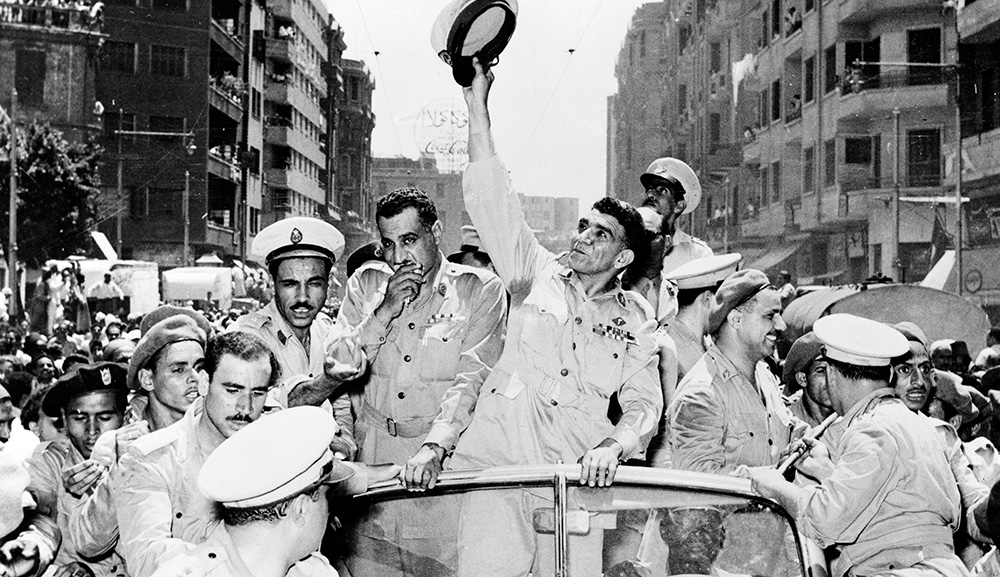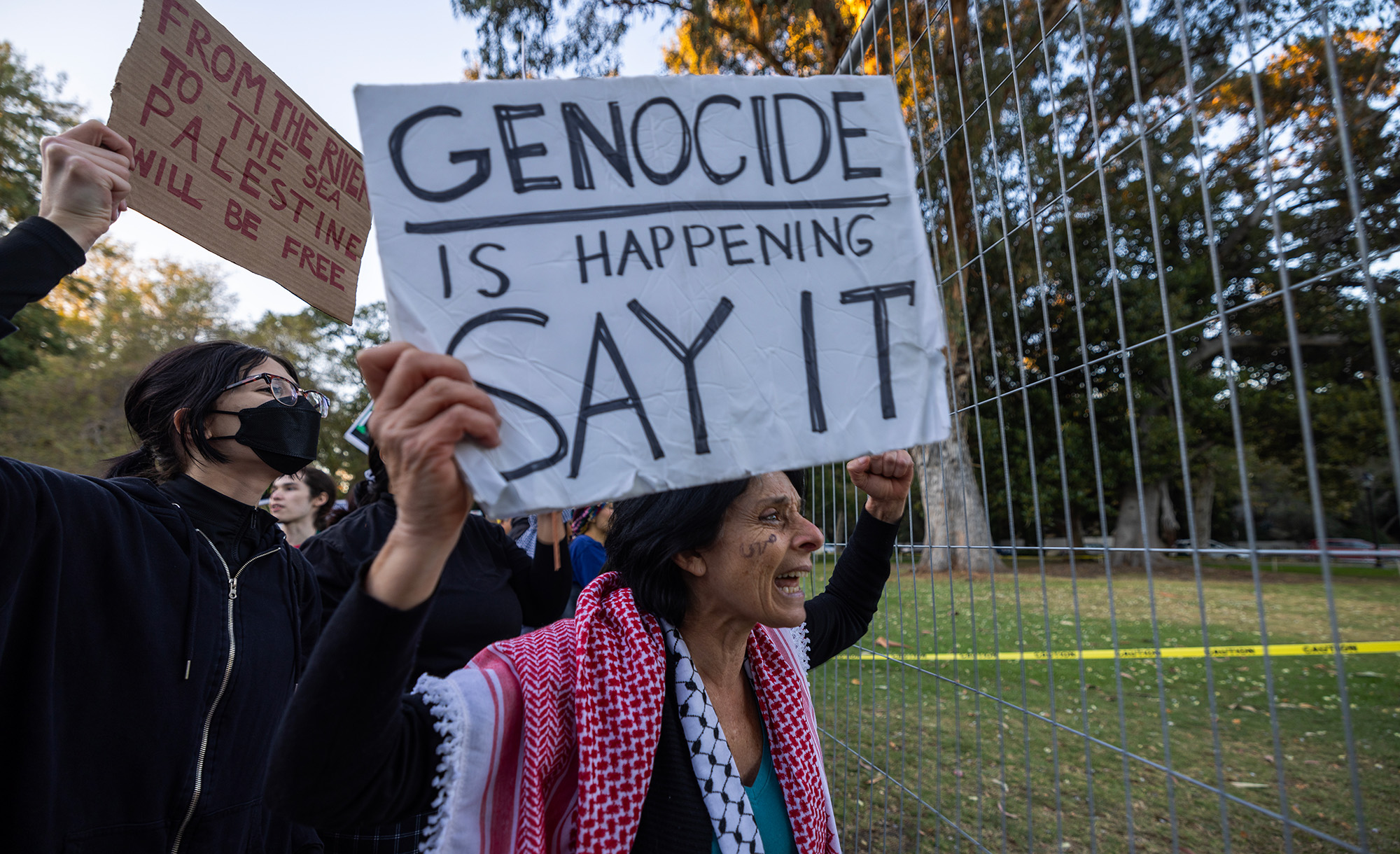Born in Paris to an Armenian family, Charles Aznavour became known as the Frank Sinatra of France for his success as a singer and songwriter. A museum about his life and legacy is set to open in Yerevan on March 22, the centenary of his birth. Having spent his childhood in Paris’s Jewish quarter, Aznavour knew some Yiddish and had a longstanding feeling of kinship with the Jewish people. Larry Luxner writes:
His haunting French rendition of “La Yiddishe Mama” is legendary, as is his spirited performance of “Havah Nagilah” in a duet with the Algerian Jewish singer Enrico Macias. In 1967, he recorded the song “Yerushalayim” as a tribute to Israel’s Six-Day War victory.
Aznavour died in October 2018 at the age of ninety-four. During his nearly 80-year career, he recorded over 1,400 songs in seven languages, sold around 200 million records and appeared in more than 90 films. . . . In 1998, Aznavour was voted Time magazine’s entertainer of the 20th century.
Upon completion, one room of the future museum will contain the nearly 300 prizes Aznavour received from around the world during his lifetime. That includes the Raoul Wallenberg Award, presented to Aznavour in 2017 by Israel’s then-president, Reuven Rivlin, in Jerusalem, in recognition of his family’s efforts to protect Jews and others in Paris during World War II.
More about: Armenians, France, Popular music, Righteous Among the Nations


